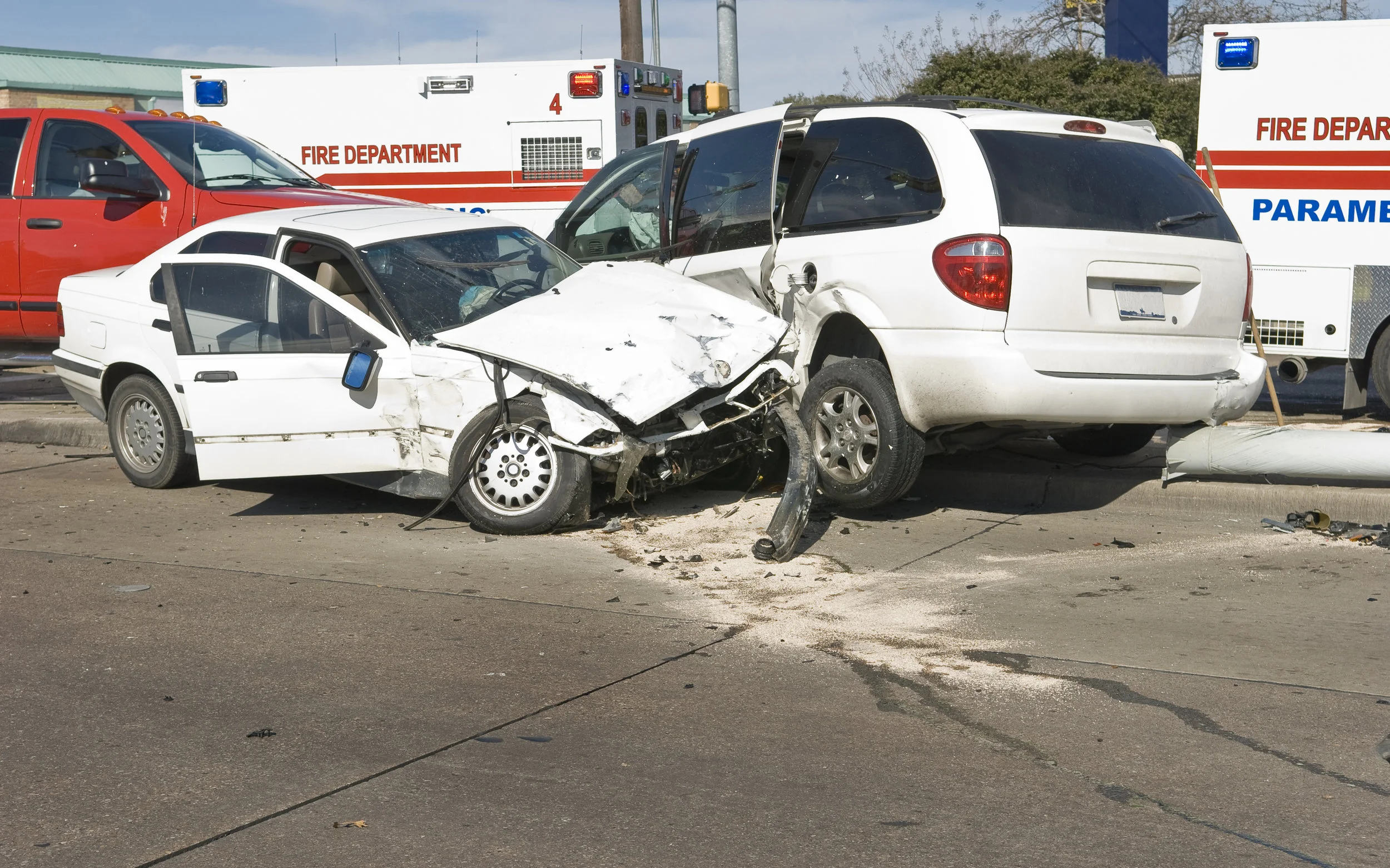Posttraumatic Stress Disorder (PTSD)
Posttraumatic Stress Disorder (PTSD) involves anxiety symptoms of recurring memories, avoidance, changes in mood and mental state, and increased arousal following a traumatic event (American Psychiatric Association, 2013).
Trauma
A trauma is a life-threatening event that is experienced or witnessed. Examples include military combat experiences, attempted murder or extreme violence, sexual assault, and serious car wrecks.
Recurrence Symptoms
Recurrence symptoms include intrusive thoughts about the trauma, distressing dreams related to the trauma, flashback experiences, distress with exposure to the trauma or symbols of the trauma, and physical reactions to reminders of the traumatic event (American Psychiatric Association, 2013).
Avoidance Symptoms
Avoidance symptoms include attempts to repel distressing memories, thoughts, or feelings about the trauma and staying away from people, places, objects, situations, etc. associated with the trauma (American Psychiatric Association, 2013).
Mood and Mental State Changes
Changes in mood and mental state following a trauma might include memory difficulties about the event, negative beliefs about oneself, others, or the world; distorted cognitions of the trauma, uncomfortable emotions, decreased interest or motivation (i.e., anhedonia), detached feelings, estrangement from others, and inability to experience positive feelings (American Psychiatric Association, 2013). Finally, Posttraumatic Stress Disorder (PTSD) may include increased arousal and reactivity like irritability/anger, risky behaviors, hypervigilance, being easily startled, concentration difficulties, and sleep disruption (American Psychiatric Association, 2013). Sleep disruptions might include difficulties going to sleep (onset insomnia), waking during the night (terminal insomnia), or poor quality sleep.
Posttraumatic Stress Disorder (PTSD) impacts about 3.5% of adults in the U.S. and is dependent upon life history and circumstances (American Psychiatric Association, 2013). Treatment is typically successful and includes coping strategies, increasing sense of safety, 'grounding' techniques, and safely re-experiencing details of the traumatic event. If you have experienced a trauma and/or are having symptoms of Posttraumatic Stress Disorder (PTSD), call me for further evaluation and to discuss treatment options.
Reference
American Psychiatric Association. (2013). Diagnostic and statistical manual of mental disorders. (5th ed.). Washington, DC: Author.
